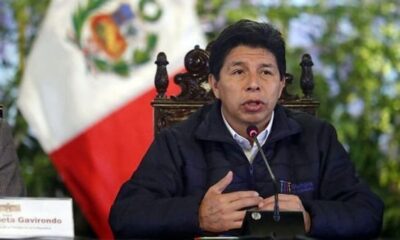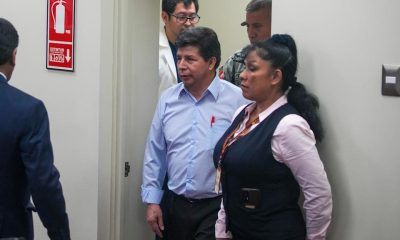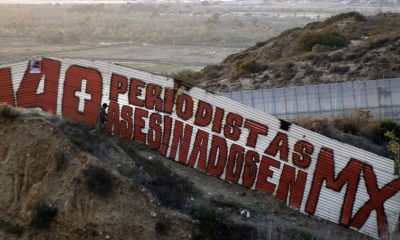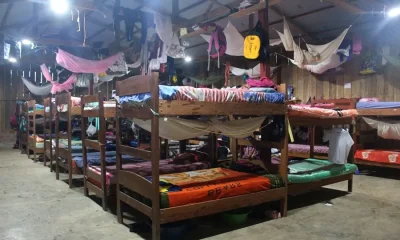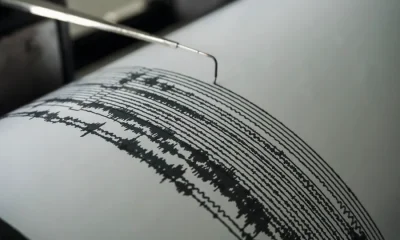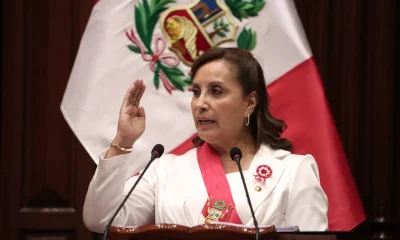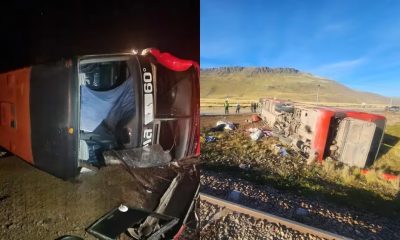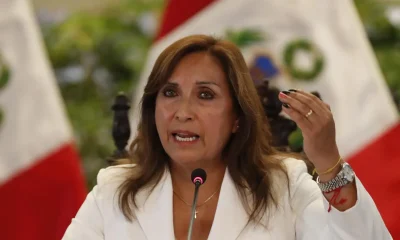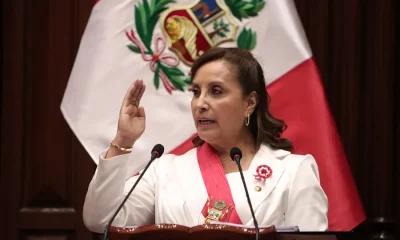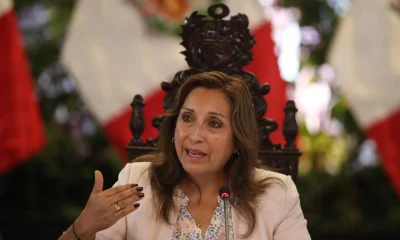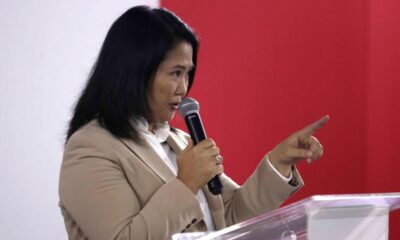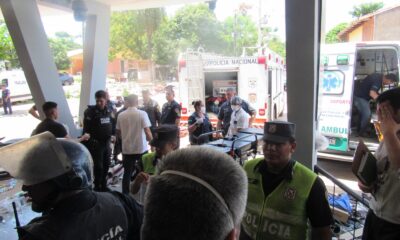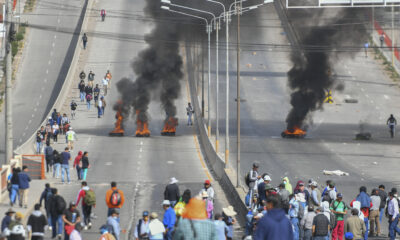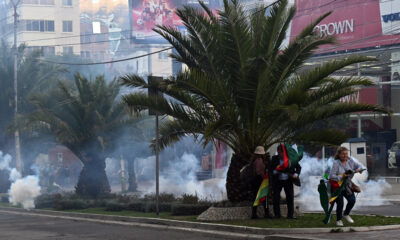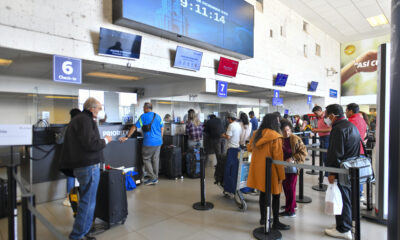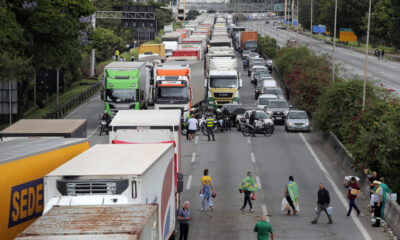International
Peru protesters mourn their dead as clashes continue
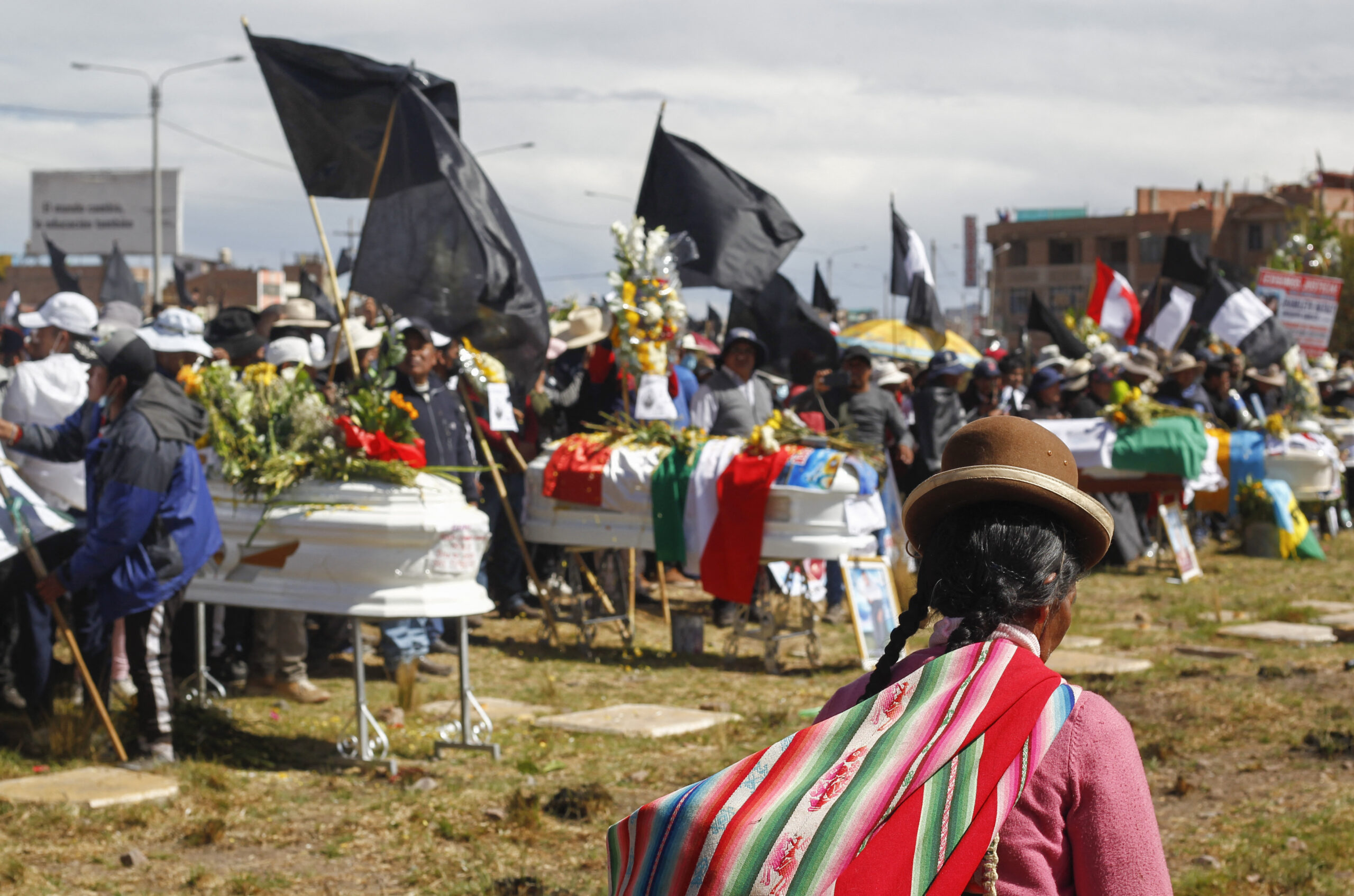
January 12 | By AFP |
Demonstrators in Peru blocked roads and held mass funerals on Wednesday for those killed in violent anti-government protests that have gripped the country for weeks, as the United States called for “restraint” on both sides.
The deadly clashes have spread to the tourist city of Cusco, the ancient capital of the Inca Empire, where one protester was killed Wednesday and more than 30 people, including 19 police officers, were wounded.
In total, at least 41 people have died in more than a month of demonstrations demanding the resignation of President Dina Boluarte, who took over after the ouster and arrest of her predecessor Pedro Castillo on December 7.
The violence has drawn a rebuke from the United Nations, and a delegation from the Inter-American Commission on Human Rights (IACHR) arrived in the country Wednesday to investigate the protests and accusations of political repression.
On Tuesday, Peru’s prosecutor’s office said it was opening a genocide investigation against Boluarte and other top officials as a result of the deaths.
The epicenter of the protests has been in the Aymara region of Puno, on the border with Bolivia, where thousands of residents walked the streets of Juliaca on Wednesday with the coffins of 17 civilians who were killed earlier this week.
Each coffin bore a photograph and was draped in a Peruvian flag.
“Dina killed me with bullets,” read the white coffin of Edgar Huaranca, carried on the shoulders of six family members.
Dominga Hancco held a portrait of her young daughter — shot dead during a protest.
“She was walking and only complained that her belly hurt,” she told AFP. “A few minutes passed and she fell, no one noticed how (the bullet) entered.”
The government has imposed a three-day curfew on the Andean region in a bid to calm the tensions, while also declaring a day of mourning on Wednesday for those killed.
In Cusco, demonstrators tried to reach the city’s airport after mobilizing to demand the president’s ouster.
Police fired tear gas to disperse the crowd, with protesters responding by throwing stones. Some demonstrators held up street signs as shields against projectiles fired by security forces.
The ombudsman’s office said one protester had been killed, identifying him on Twitter as Remo Candia Guevara, the president of a local community group.
“We demand an immediate investigation to find those responsible for the death and proceed to the respective sanction,” it added.
In Arequipa, Peru’s second city, hundreds also marched against the government, while in Tacna, on the border with Chile, an indefinite strike began, marked by episodes of vandalism.
Rights probe launched
The regional governments of Puno and Cusco are demanding Boluarte step down as a first step to resolving the crisis.
Puno began an indefinite strike a week ago to demand the resignation of Boluarte, immediate presidential and legislative elections and the convening of a Constituent Assembly.
The IACHR commissioners were received by Boluarte at the Government Palace, the seat of the Peruvian executive.
“We are going to verify the human rights situation. We regret the loss of human life during the demonstrations,” said head of mission Edgar Stuardo Ralon, whose delegation will remain in Peru until Friday.
They will meet with authorities, victims and their relatives in Lima, Ica and Arequipa.
The United States on Wednesday urged restraint and the minimal use of force, and backed an investigation into the dozens of deaths.
“We recognize the right for peaceful protest and expressing grievances through democratic channels, and call for calm, dialogue and for all parties to exercise restraint and non-violence,” a State Department spokesperson said.
International
At Least Eight Dead and 19 Injured in Deadly Bus Crash in Veracruz, Mexico
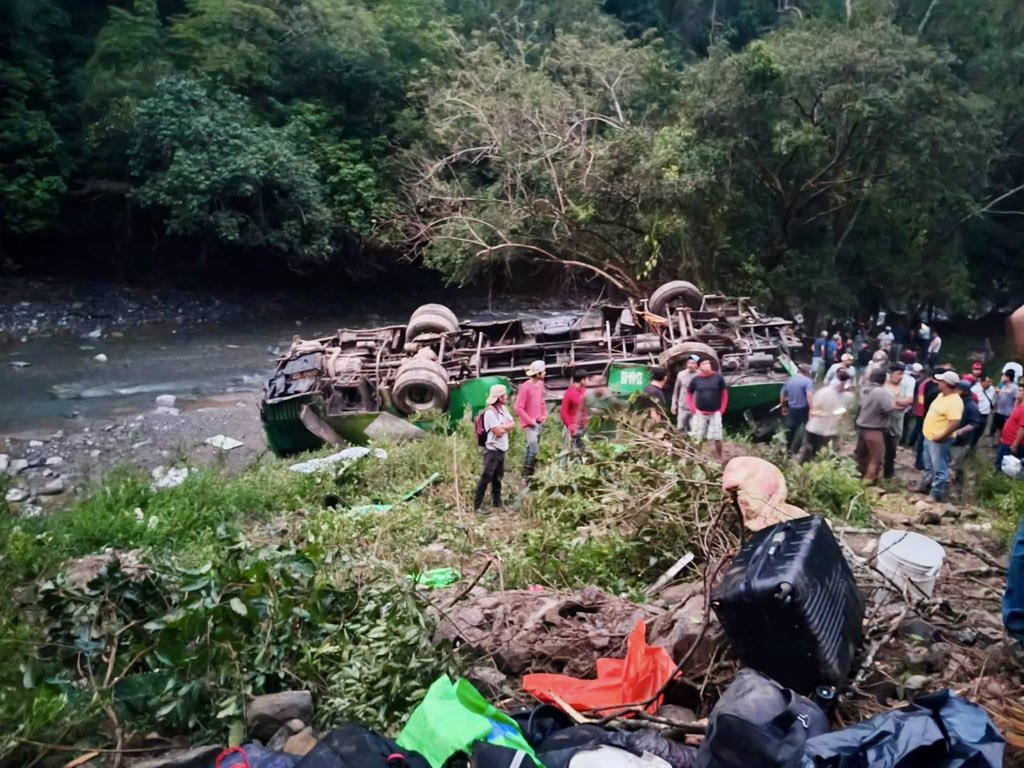
A tragic bus accident in the eastern state of Veracruz left at least eight people dead and 19 others injured on Wednesday afternoon, according to local authorities.
The vehicle was traveling through the town of Zontecomatlán when it crashed near a ravine, state Civil Protection officials reported late Wednesday night. “Regrettably, the prosecutor’s office has confirmed eight fatalities,” the agency stated in an official release.
Emergency Response and Medical Care Rescue teams worked into the night to assist the survivors. The 19 injured passengers were stabilized at the scene before being transported to hospitals in the nearby municipalities of Chicontepec and Huayacocotla. While the identities of the victims have not yet been released, Mexican press reports indicate the bus was en route from Mexico City to Chicontepec.
A Recurring Issue on Mexican Highways Road accidents involving long-haul passenger buses and freight transport are a frequent occurrence in Mexico. Experts often cite excessive speed, mechanical failure, or driver fatigue as the primary catalysts for these tragedies.
This latest incident follows another major disaster in late November, where 10 people were killed and 20 injured in a similar bus crash in the western state of Michoacán. The recurring nature of these accidents continues to spark national debate regarding the enforcement of stricter safety regulations for commercial transport units.
International
Jair Bolsonaro Hospitalized for Inguinal Hernia Surgery While Serving Sentence for Attempted Coup
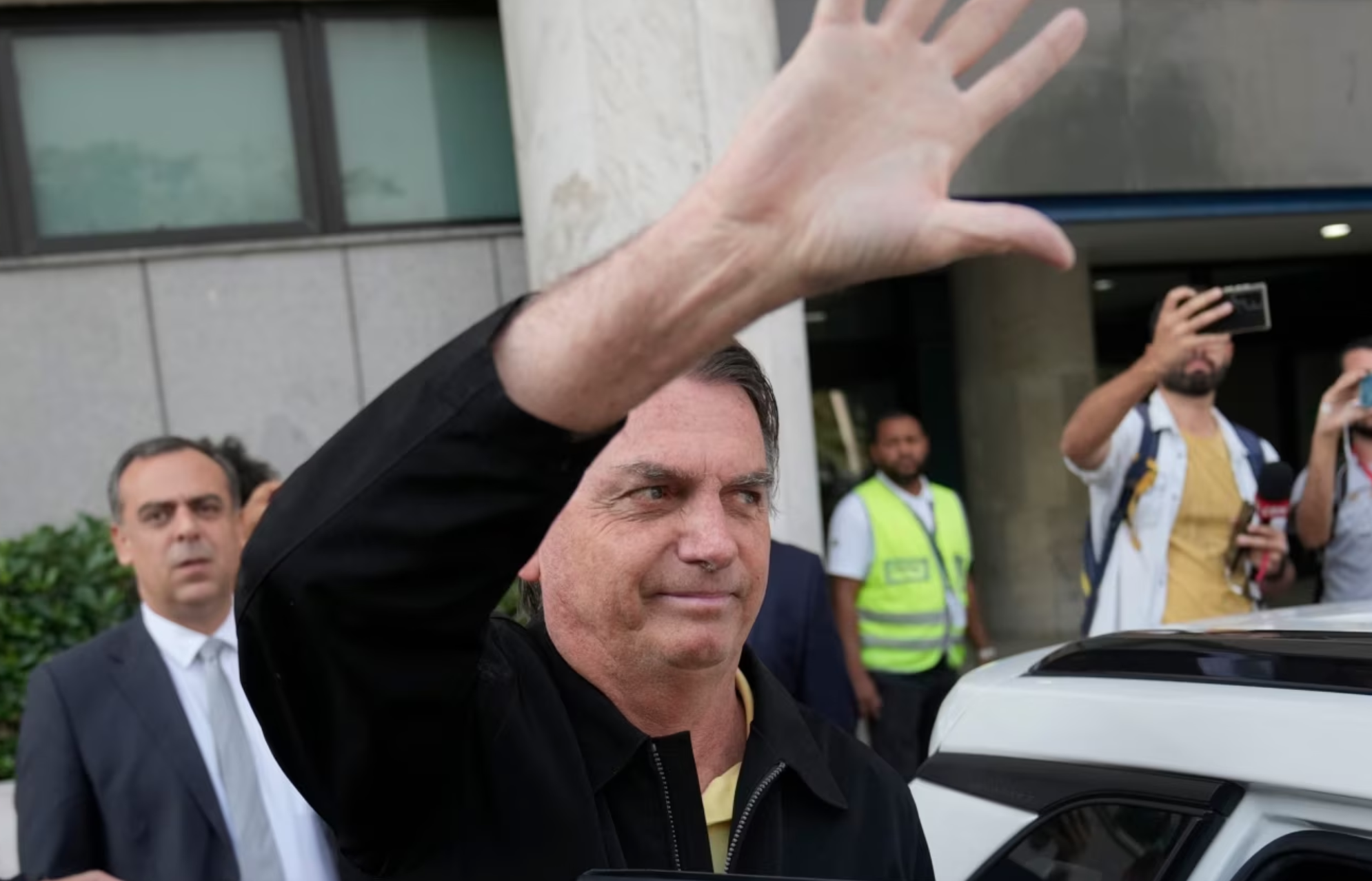
Former Brazilian President Jair Bolsonaro, currently serving a 27-year prison sentence for an attempted coup, underwent surgery this Thursday for an inguinal hernia. The procedure took place at the DF Star Hospital in Brasilia, according to his wife, Michelle Bolsonaro.
The 70-year-old former leader left prison on Wednesday for the first time since his incarceration in late November to prepare for the operation. “My love has just gone to the surgical center,” Michelle Bolsonaro posted on Instagram, where she has been documenting her accompaniment during his hospitalization.
Surgical Expectations and Health History Medical professionals treating the far-right ex-president (2019-2022) anticipate the operation will last approximately four hours. His recovery period in the hospital is expected to extend between five and seven days.
Dr. Claudio Birolini explained on Wednesday that while the surgery is standardized, it remains complex due to the patient’s history. Bolsonaro continues to suffer from the long-term effects of a 2018 campaign rally stabbing, an injury that required several major abdominal surgeries in the years following the attack.
“There is no such thing as a simple surgery. However, this is a scheduled and standardized procedure, so we expect it to be carried out without major complications,” Dr. Birolini stated.
Potential Additional Procedures Following the hernia repair, the medical team will evaluate whether Bolsonaro can undergo a second procedure: an anesthetic block of the phrenic nerve. This nerve controls the diaphragm, and the intervention would aim to resolve a chronic case of recurrent hiccups that has plagued the former president for years.
Bolsonaro remains under heavy security at the medical facility as he serves his lengthy sentence related to the events surrounding the January 2023 institutional crisis in Brazil.
International
Trump Orders Construction of New ‘Golden Fleet’ to Revitalize U.S. Naval Superiority
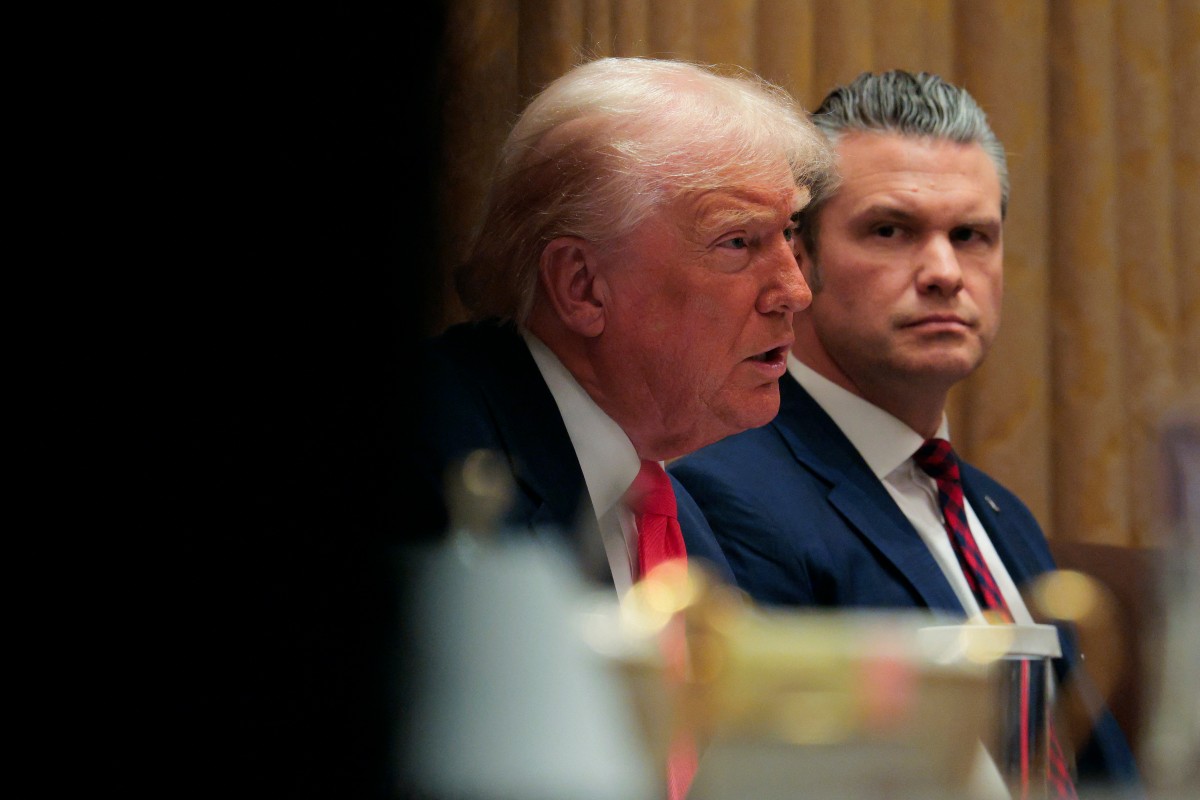
President Donald Trump issued an executive order this Monday for the immediate construction of two new warships that will bear his name. These vessels will be the pioneers of what he described as the “Golden Fleet,” a future generation of “Trump-class” battleships that he claimed would be “100 times more powerful” than those currently in service.
The announcement took place at his private residence in Mar-a-Lago, Florida. The President indicated that following the initial two ships, the administration aims to commission up to 25 additional vessels. He is scheduled to meet with Florida-based contractors next week to expedite production, criticizing existing defense firms for failing to deliver results efficiently.
This naval expansion is a cornerstone of Trump’s goal to revitalized the American shipbuilding industry and address the strategic gap between the U.S. and competitors like China.
The move comes amid heightened geopolitical tension. Just last week, Trump ordered the seizure of all sanctioned tankers involved with Venezuela’s “ghost fleet” to cripple the country’s crude oil industry. Since December 10, the U.S. military—deployed in the Caribbean under the guise of counter-narcotics operations—has already detained two tankers linked to Venezuelan oil transport.
-
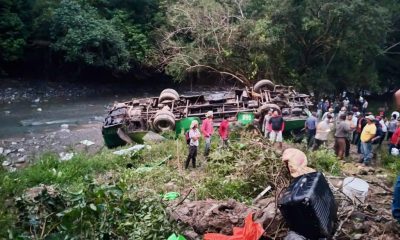
 International2 days ago
International2 days agoAt Least Eight Dead and 19 Injured in Deadly Bus Crash in Veracruz, Mexico
-
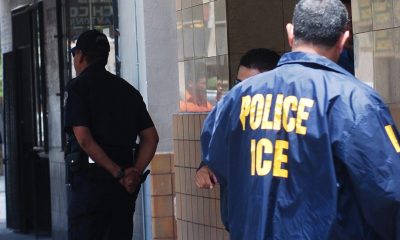
 International5 days ago
International5 days agoU.S. Judge Blocks ICE from Re-detaining Salvadoran Erroneously Deported Under Trump Administration
-
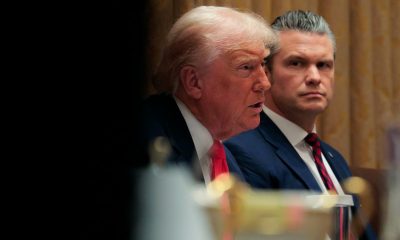
 International5 days ago
International5 days agoTrump Orders Construction of New ‘Golden Fleet’ to Revitalize U.S. Naval Superiority
-
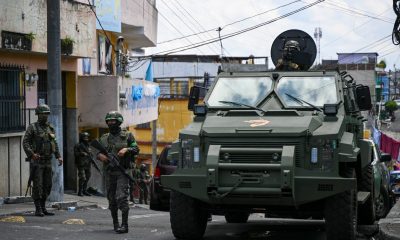
 Central America23 hours ago
Central America23 hours agoGuatemala arrests 92 salvadoran gang members in 2025
-
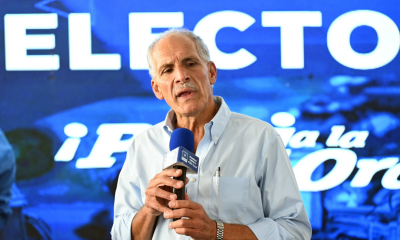
 Central America23 hours ago
Central America23 hours agoInternational leaders congratulate Honduras’ president-elect Asfura
-
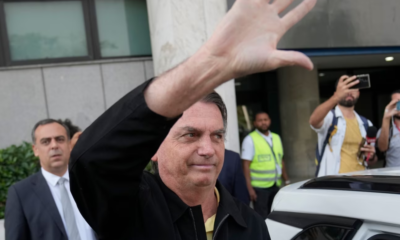
 International2 days ago
International2 days agoJair Bolsonaro Hospitalized for Inguinal Hernia Surgery While Serving Sentence for Attempted Coup



























